Gothic Italian Armor (#2121)
USD1,900.00
Out of stock
16th Century Armor
Creatures evolve in response to the dangers in their environment. Beasts evolve claws with which to defend themselves, birds evolved wings in order to escape predators, and insects evolved hardy carapaces to protect themselves from assault. This is also true for human beings, though we humans have the ability to utilize technology to create protection for ourselves. The advancement of this technology – the development of different forms of body armor throughout the ages – can be seen as a type of evolution; the adaptation of humankind to new dangers and new weapons developed by their enemies.
Plate armor was one such adaptation. Previous forms of body armor involved either interlocking rings (i.e. chainmail), hardened leather, or small metal plates sewn or riveted into leather coats (known as brigandine armor). Early forms of these armors existed as far back as 500 BCE, and gradually developed into more and more complex and protective forms – the famous Roman segmented armor involved overlapping strips of protective metals protecting the torso. These adaptations occurred as a result of improving weaponry – better steel and hardening techniques meant weapons could split rings and cut through hardened leather with ease, and few forms of armor offered any defense against bludgeoning weapons such as warhammers. In order to provide adequate protection against these advancements, plate armor – armor made from iron or steel plates – began to appear during the late Middle Ages. While at first these were a series of plates over chainmail, eventually becoming the full suit of plate mail popularized by the mounted knights of medieval history and myth.
Full plate armor provided fortification against most medieval weapons – swords were almost completely ineffective, as were most slashing or piercing weapons, and the damage from blunt weapon impacts was reduced. Full plate continued to evolve and become more effective, eventually advancing to the famous, highly stylized Gothic plate. As much as these new forms of armor were effective, they were also short-lived – by the 16th century, the full Gothic plate used in the Great Wars of Italy had begun to fall out of common usage, again due to the evolution of arms. Pikes and narrower sword blades exploited the weak points in the joints of full plate, and the advent of firearms (which could pierce plate mail) began a sharp decline in the efficacy of this mode of protection. Full suits were abandoned in favor of breast-and -back plates, allowing for greater mobility for troops, and the “knight in shining armor” slowly faded into the past. Half plate and three quarters plate became the norm until eventually being phased out in later years.
This particular set is based on existing examples of Italian three quarters (3/4) plate, also known as munitions armor. Constructed at our partnered forge in India as an example of their craftsmanship, it is constructed from 18g carbon steel and is fully wearable. The helmet is padded with leather and is as wearable as the rest of the suit. Like many similar artifacts of Italian make it is articulated, allowing for a wide range of motion – the cuisse (leg guards) alone are articulated in 15 pieces. While the armor can be worn it will likely be most sought after as an exhibition piece, and as such it comes with a stand for ease of display. While suits of armor like this are no longer needed, this piece serves as a stunning example of human ingenuity and a sober reminder of the evolution of warfare.
Be the first to review “Gothic Italian Armor (#2121)” Cancel reply
This site uses Akismet to reduce spam. Learn how your comment data is processed.
Related products
Medieval Armor
Medieval Armor
Medieval Armor
Medieval Armor
Medieval Armor




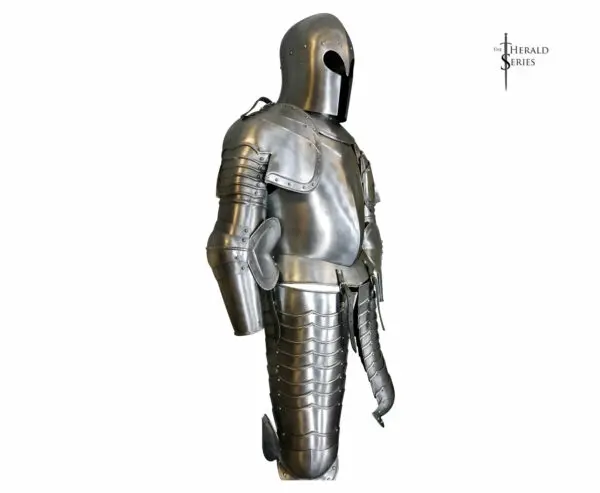

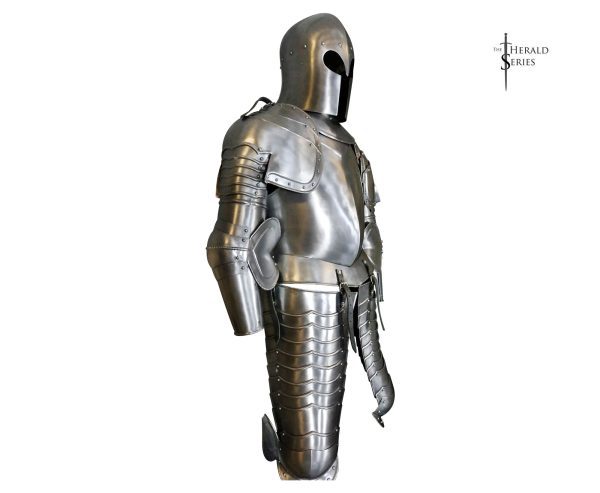
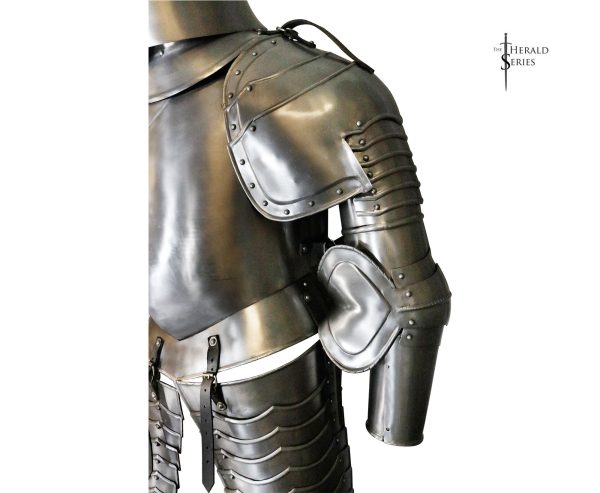





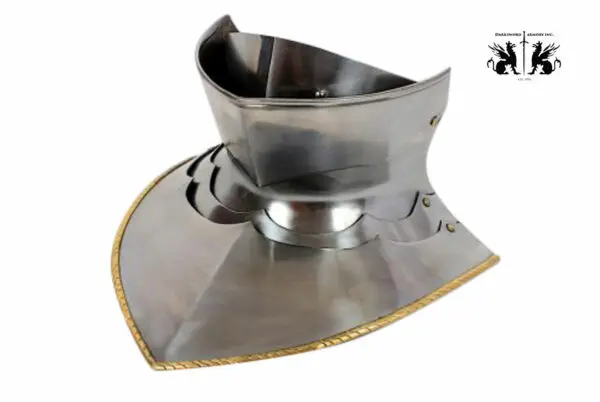
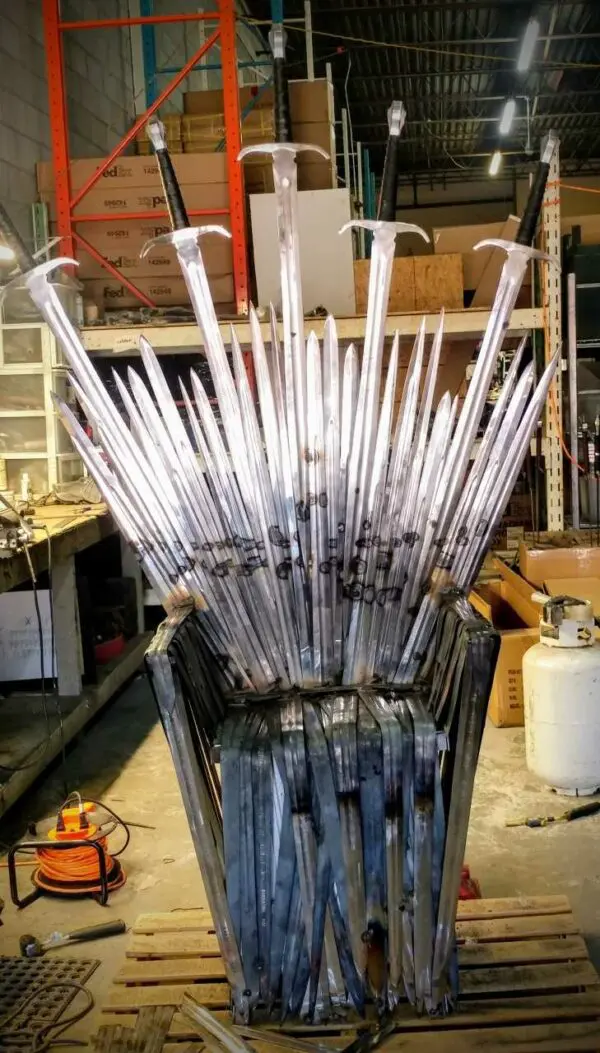
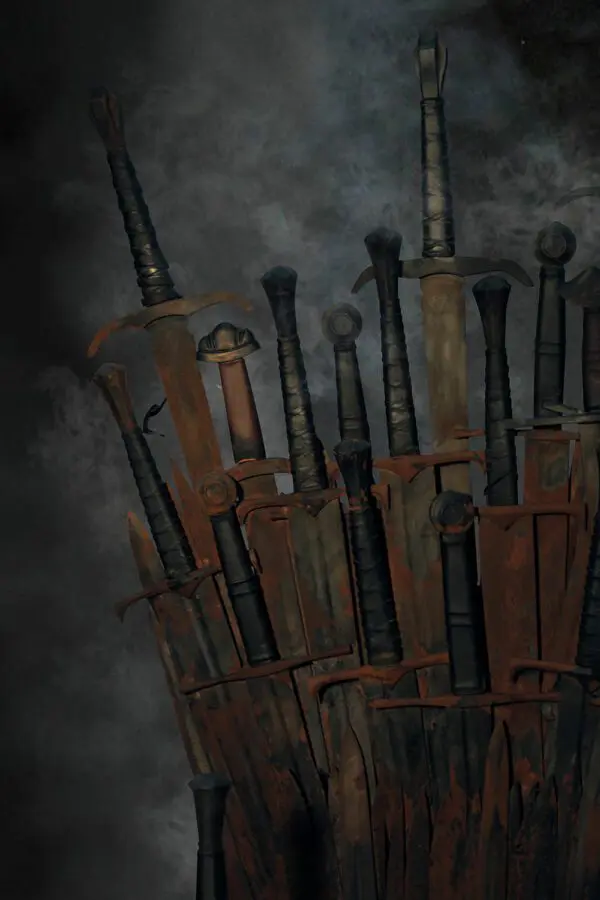

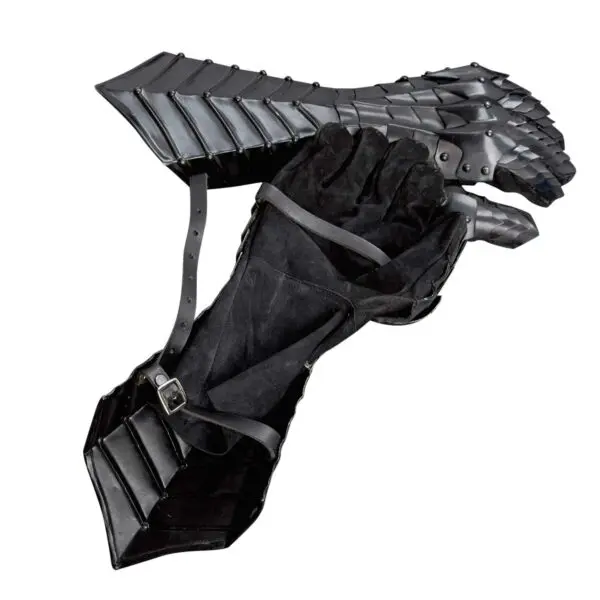


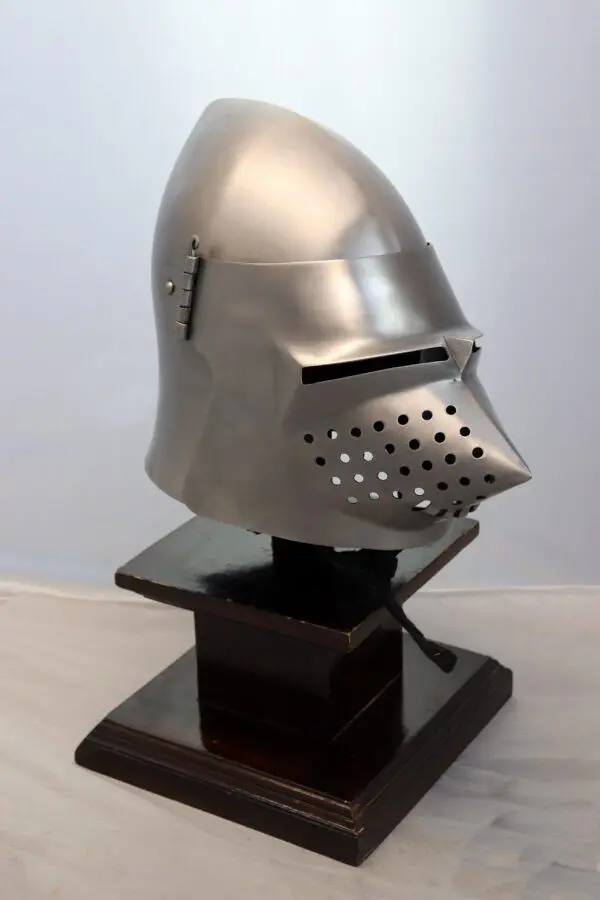
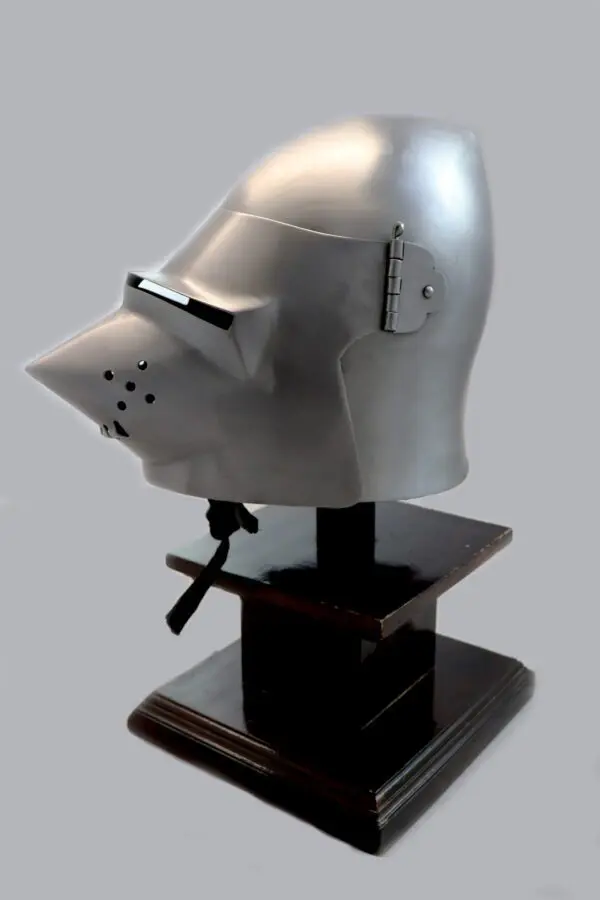





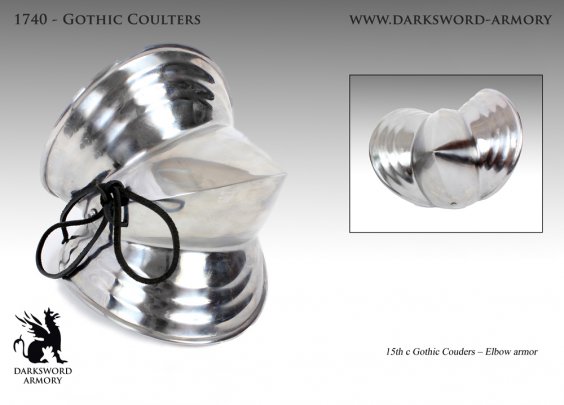

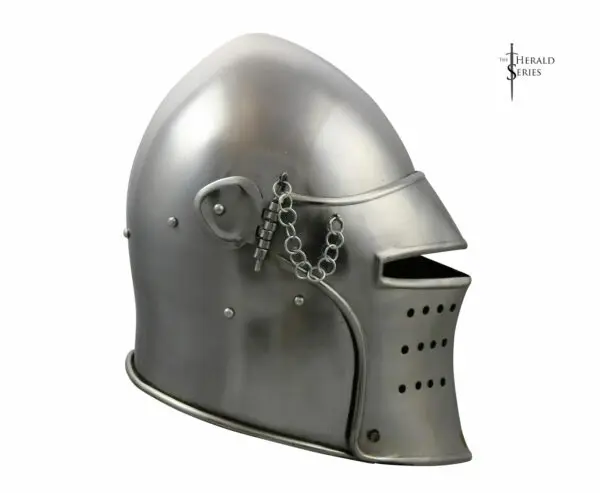
Reviews
There are no reviews yet.